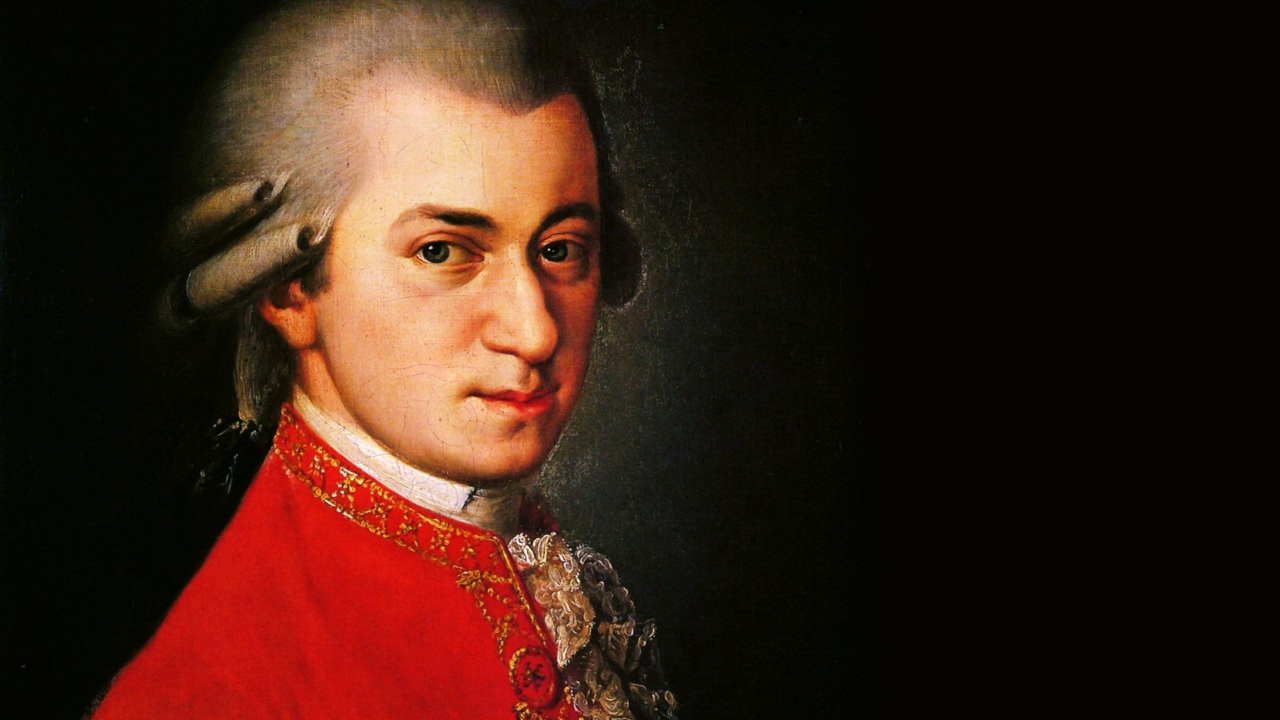
The Life and Legacy of Wolfgang Amadeus Mozart
Wolfgang Amadeus Mozart (1756–1791) stands as one of the most celebrated and influential composers in the history of Western music. Born in Salzburg, Austria, on[…]

The Story Behind Mozart’s Ave verum corpus K. 618
Wolfgang Amadeus Mozart’s “Ave Verum Corpus, K. 618” is one of the most revered and spiritually moving works in the history of Western classical music.[…]

The Story Behind Mozart’s Symphony No. 39
Wolfgang Amadeus Mozart, one of the greatest composers in Western music history, composed Symphony No. 39 in E-flat major (K. 543) during the summer of[…]

The Story Behind Mozart’s Violin Concerto No. 1
Wolfgang Amadeus Mozart, one of the most celebrated composers in Western classical music, is renowned for his incredible versatility and mastery in numerous musical forms.[…]

The Story Behind Mozart’s Violin Concerto No. 2
Wolfgang Amadeus Mozart, one of history’s most celebrated composers, displayed extraordinary talent from an early age. His Violin Concerto No. 2 in D Major, K.[…]

The Story Behind Mozart’s The Marriage of Figaro
Wolfgang Amadeus Mozart’s The Marriage of Figaro (Le Nozze di Figaro) is one of the most celebrated operas in the history of classical music. First[…]

Wolfgang Amadeus Mozart – Biography and History
Wolfgang Amadeus Mozart, often simply referred to as Mozart, stands as one of the most influential and prolific composers in the history of Western classical[…]

Fascinating facts about Mozart
Wolfgang Amadeus Mozart, one of the most celebrated composers in the history of classical music, left an indelible mark on the world of music during[…]

The Musical Genius: Unraveling the Life and History of Wolfgang Amadeus Mozart
In the annals of musical history, few names resonate as profoundly as Wolfgang Amadeus Mozart. Born on January 27, 1756, in Salzburg, Austria, Mozart’s prodigious[…]

10 Fascinating Facts About Wolfgang Amadeus Mozart
Wolfgang Amadeus Mozart, one of the most influential and celebrated composers in history, left an indelible mark on the world of classical music. His prodigious[…]